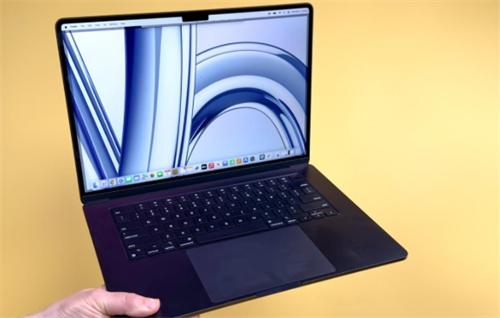Bone Conduction Headphones Explained: Why They’ve Become a Favorite Among Fitness Enthusiasts

As someone who's been passionate about running for six years, I’ve witnessed bone conduction headphones go from a niche gadget to a must-have for active people. Today, I’ll break down this “black tech” product in the simplest and most approachable way possible.
How Bone Conduction Works: The Magic of Speaking With Your Ears Covered
Let’s start with a fun experiment: Cover your ears with your hands and try speaking softly. Like magic, you can still hear yourself clearly—even though the sound is very faint! That’s bone conduction in action.
Here’s the science behind it:
Traditional headphones: Sound waves → Ear canal → Eardrum → Ossicles → Cochlea → Auditory nerve (Air conduction)
Bone conduction headphones: Vibrations → Skull → Cochlea → Auditory nerve (Bypasses outer and middle ear)
This method of sound transmission is common in nature. For instance, whales use their jawbones to receive sound underwater, and Beethoven, after losing his hearing, famously bit on a wooden rod connected to a piano to “hear” music through vibrations.
Four Major Advantages for Exercise:
1. Maximized Safety
You can still hear your surroundings while running, which helps avoid accidents caused by being too isolated. A running buddy of mine once dodged a red-light-running scooter thanks to this feature.
2. No Ear Fatigue
In-ear headphones often cause discomfort after prolonged use. Bone conduction headphones don’t touch your ear canals, and many marathoners say it feels like wearing nothing at all.
3. Ultra-Hygienic
Sweat no longer leads to bacterial buildup. Tests show that after the same usage time, bone conduction headphones carry only 1/10th the bacteria of in-ear models.
4. True Freedom
Some models come with built-in storage, so you can swim without a phone. At the pool I frequent, 8 out of 10 headphone users are rocking bone conduction models.
Three Notable Drawacks:
1. Not for Audiophiles
Bass performance isn’t as rich as traditional headphones—it’s more like “listening to a speaker under your pillow.” But for workouts, the sound quality is more than sufficient.
2. Weak Noise Cancellation
Noisy environments like subways aren’t ideal, but this is actually a plus for outdoor use—being able to hear traffic is safer.
3. Higher Price Point
Reliable models generally start at around ¥500 (~$70). Still, when you consider what you spend on proper running shoes, it’s a worthwhile investment.
Buyer’s Guide: How to Avoid Common Pitfalls (Important!)
1. Price Red Flag
Avoid anything under ¥200 (~$30). Many of these are just regular mini speakers hooked around your ears—fake bone conduction.
2. Key Tech Specs
Bluetooth version: ≥ 5.2 (5.3 recommended)
Waterproof rating: ≥ IPX7 (IPX8 for swimming)
Weight: ≤ 35g (heavier models may tug on your ears)
3. Fit Is Everything
Always try them on if possible. Everyone’s ear shape is different. I’ve seen people struggle to keep any model in place, while others wear them securely with no problem.
4. Watch Out for Marketing Buzzwords
Terms like “air conduction” or “directional sound” are often misleading. The most reliable technology is still classic bone conduction.
Top 3 Tried-and-Tested Models:
1. Nank Runner Pro4 – All-Round Performer
Bluetooth 5.3 + lightweight 32g body
IPX8 waterproof + 16GB storage
Exclusive OT Leak Reduction 3.0 technology
Best for: Swimming / Triathlons
2. Shokz OpenRun Pro – Comfort King
Titanium frame bends freely
5-minute quick charge = 90 minutes of use
Voice enhancement mode
Best for: Marathons / Cycling
3. MoJue RunPlus – Best Value
Reflective strips for night running
Dual-mic noise cancellation
Best for: Night runs / Daily workouts
Pro Tips for New Users:
You might feel a “tickling” sensation in your skull at first—usually fades within 3 days.
Keep volume below 60% to protect your hearing.
Clean contact areas regularly with alcohol wipes.
In winter, warm the headset slightly before wearing to avoid discomfort from cold surfaces.
Bone conduction headphones might not be your go-to for music quality, but they’re easily the best workout companion. As I always tell my fellow runners: “Once you try them, there’s no going back.”If you’re tired of earbuds falling out or your ears getting stuffy during workouts, give bone conduction a shot. After all, making exercise more comfortable and safer is the key to staying consistent—don’t you agree?
Recommended for you:








